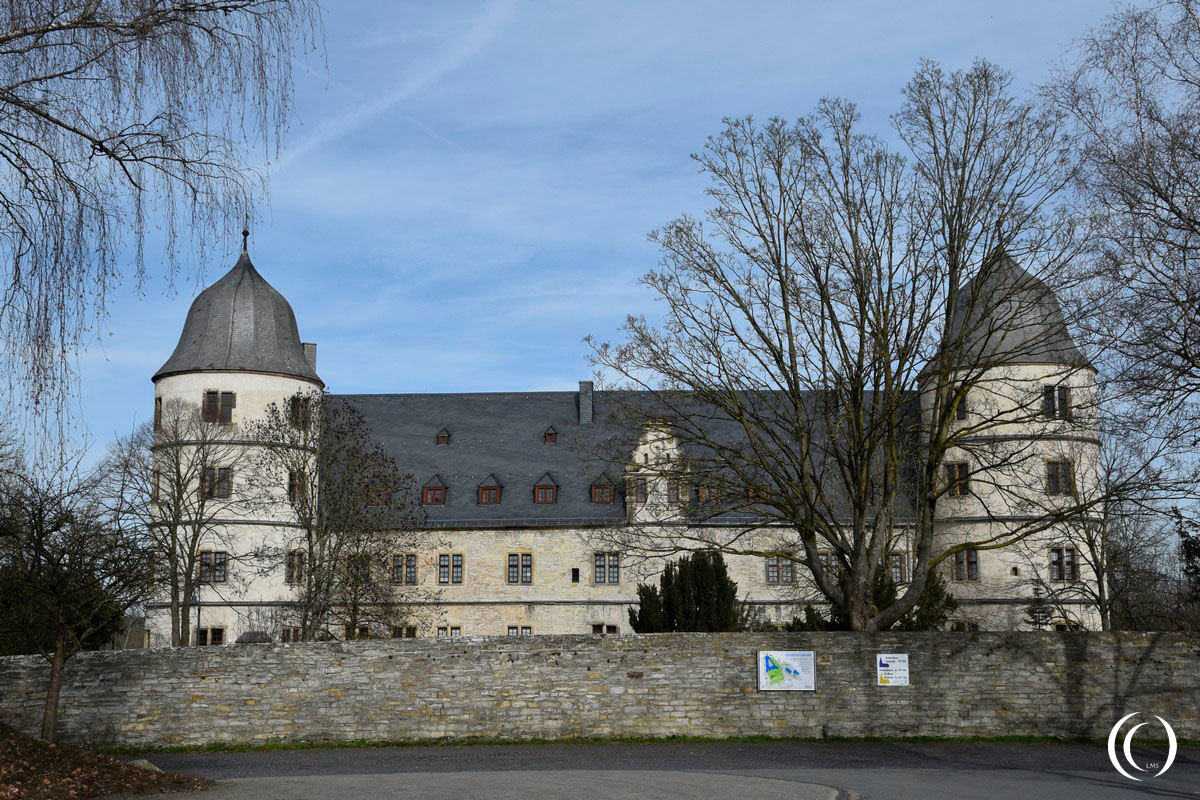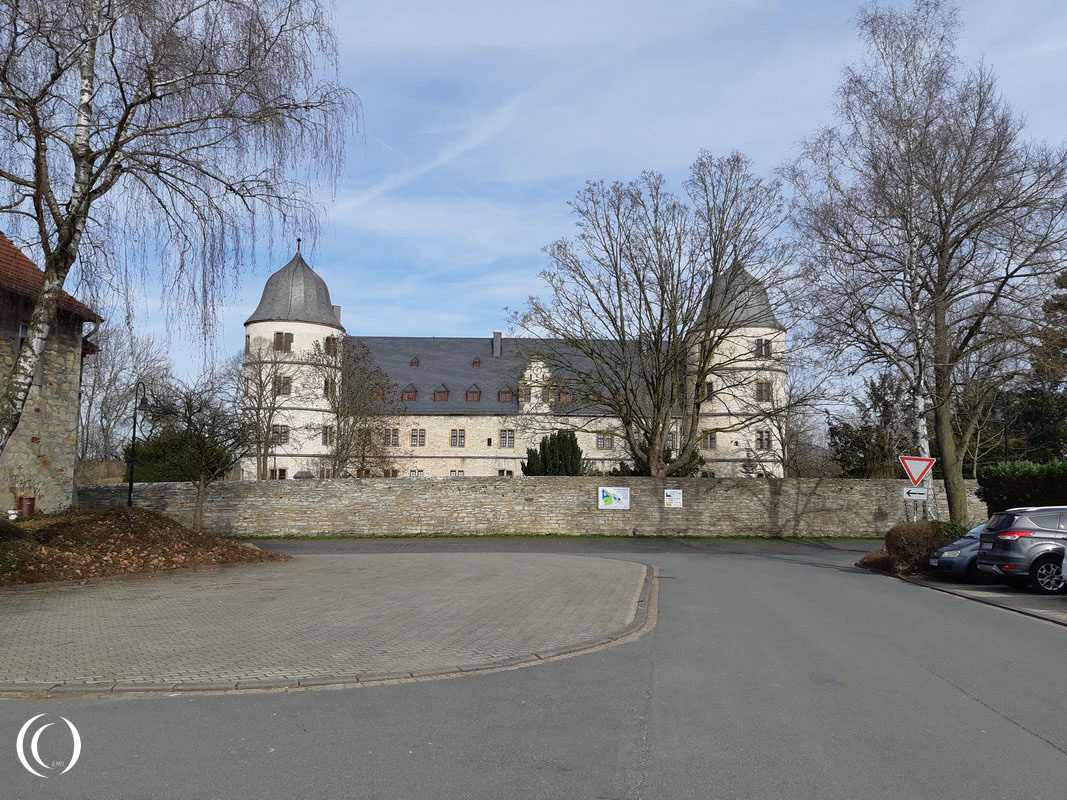
From Medieval Castle to Occult Nazi Stronghold
The Wewelsburg castle is located near the village of Büren – Wewelsburg in the district of Paderborn in North Rhine-Westphalia, Germany. The castle, with its distinctive triangular layout, has a complex history, ranging from its origins in the 9th century to its more infamous association with the Nazi regime in the 20th century.
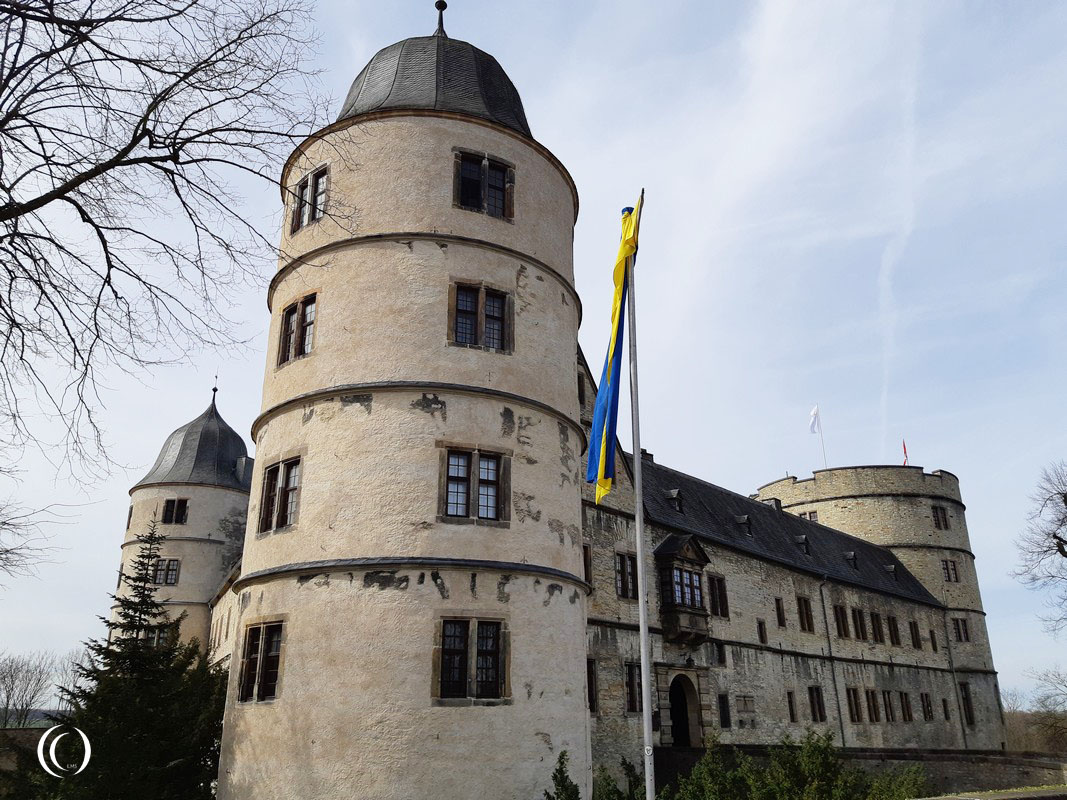

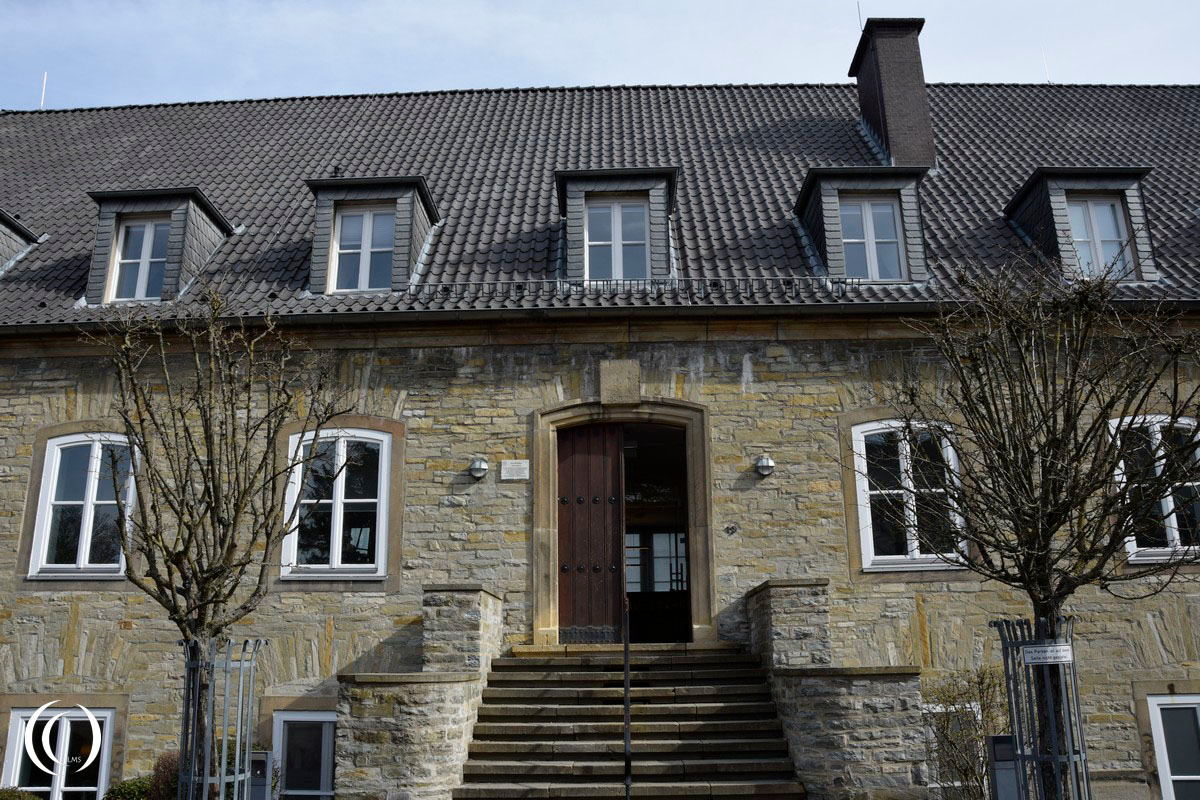
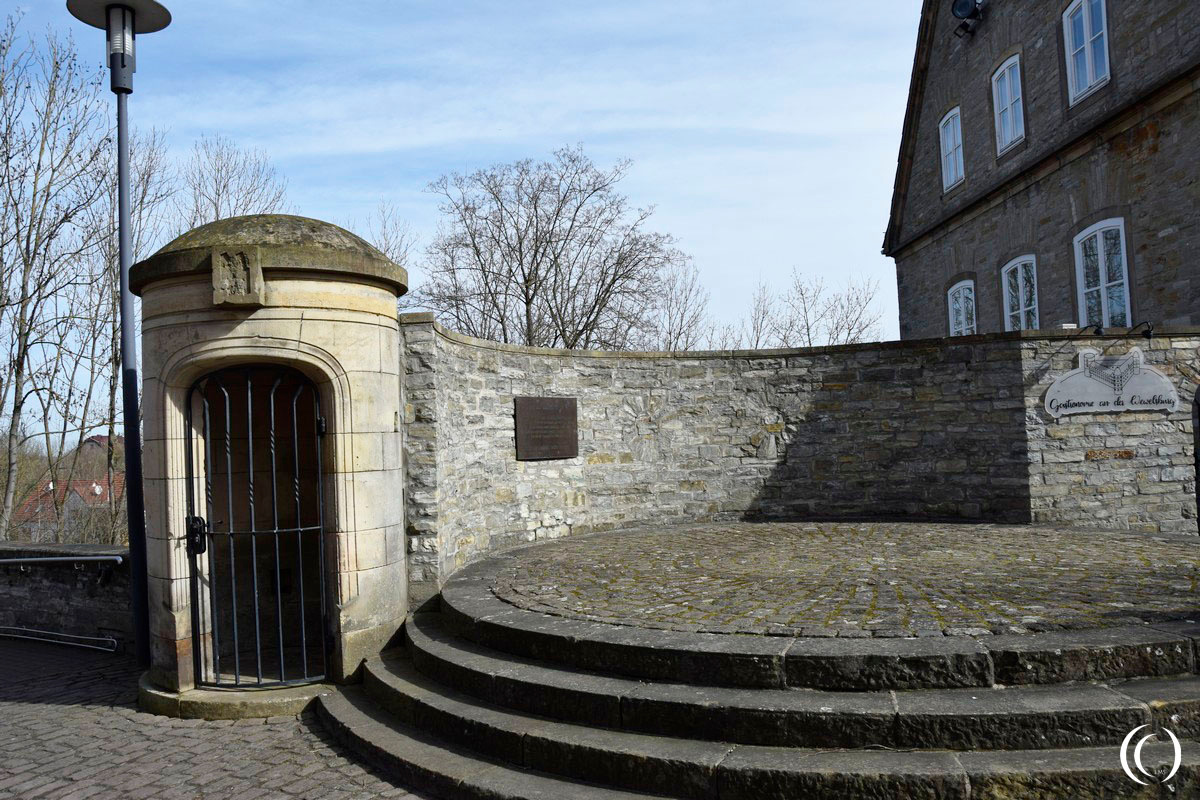
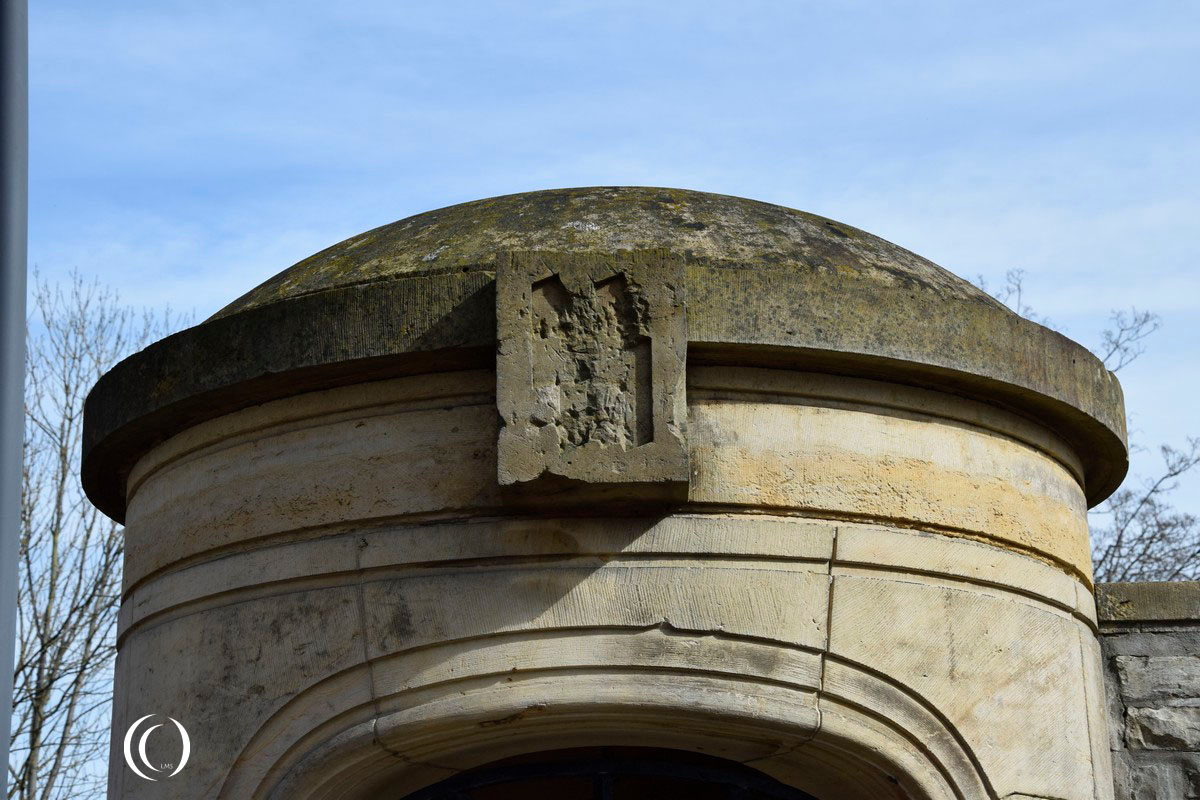
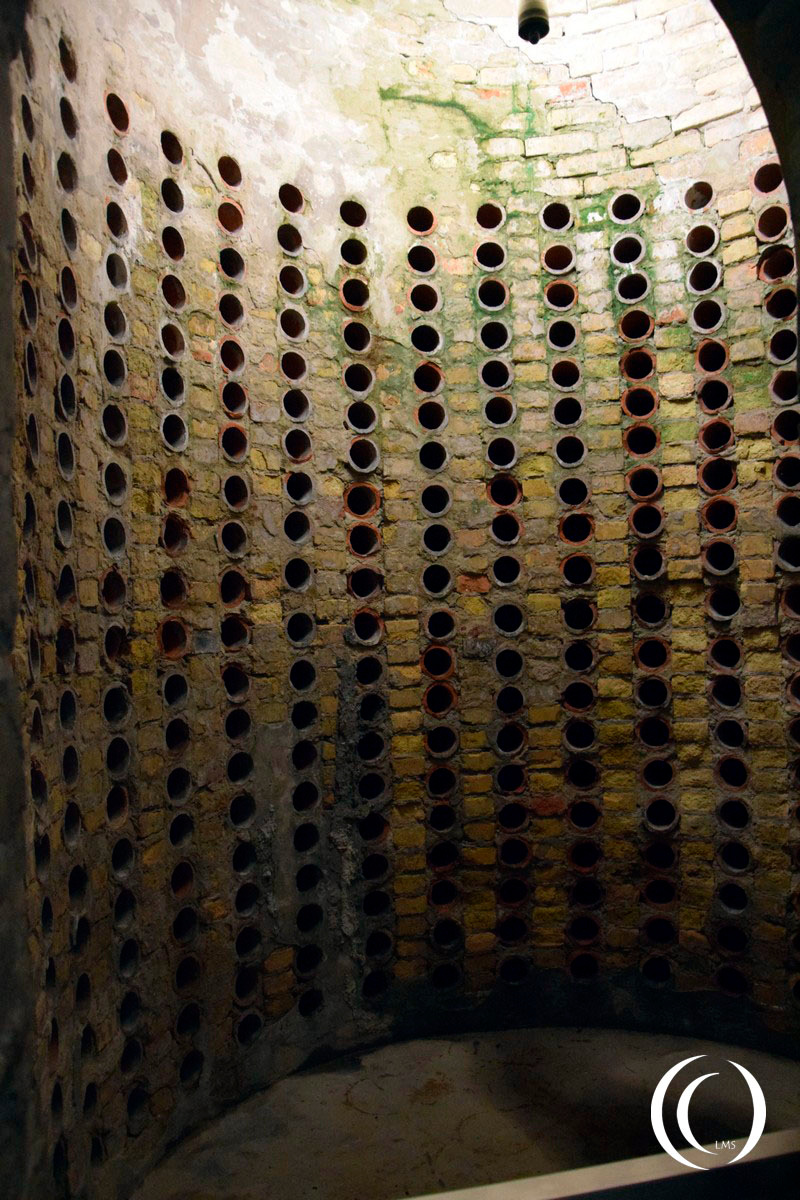
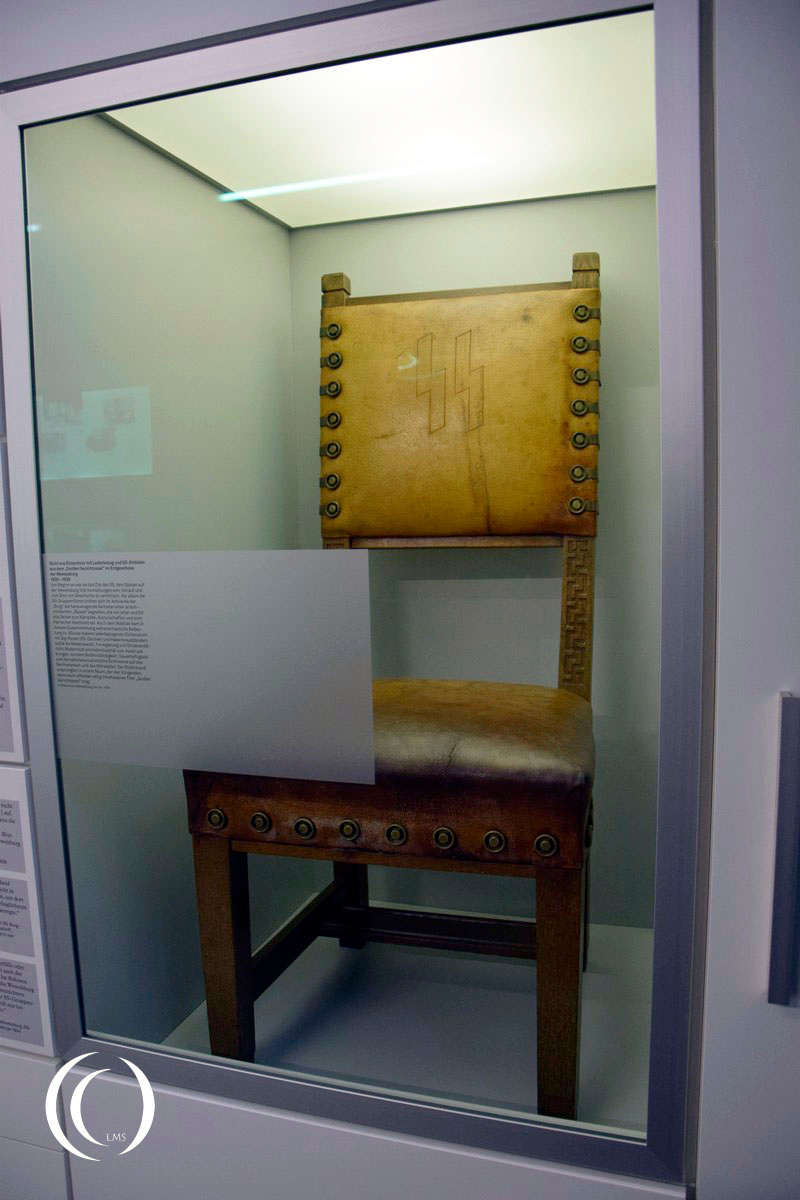
Originally built as a fortified hilltop castle in the 9th century, Wewelsburg underwent numerous expansions and renovations over the centuries. In the 17th century, it was transformed into a Renaissance-style residence by the Prince-Bishops of Paderborn. However, it was in the 20th century that Wewelsburg gained notoriety for its association with the Nazi party and Heinrich Himmler, the leader of the SS.
In 1934, Heinrich Himmler, who held a keen interest in the occult and mysticism, acquired Wewelsburg with the intention of transforming it into a center for the SS and a symbol of Nazi ideology. Himmler envisioned Wewelsburg as the spiritual center of the SS, where elite members of the organization would gather for rituals, ceremonies, and ideological training.
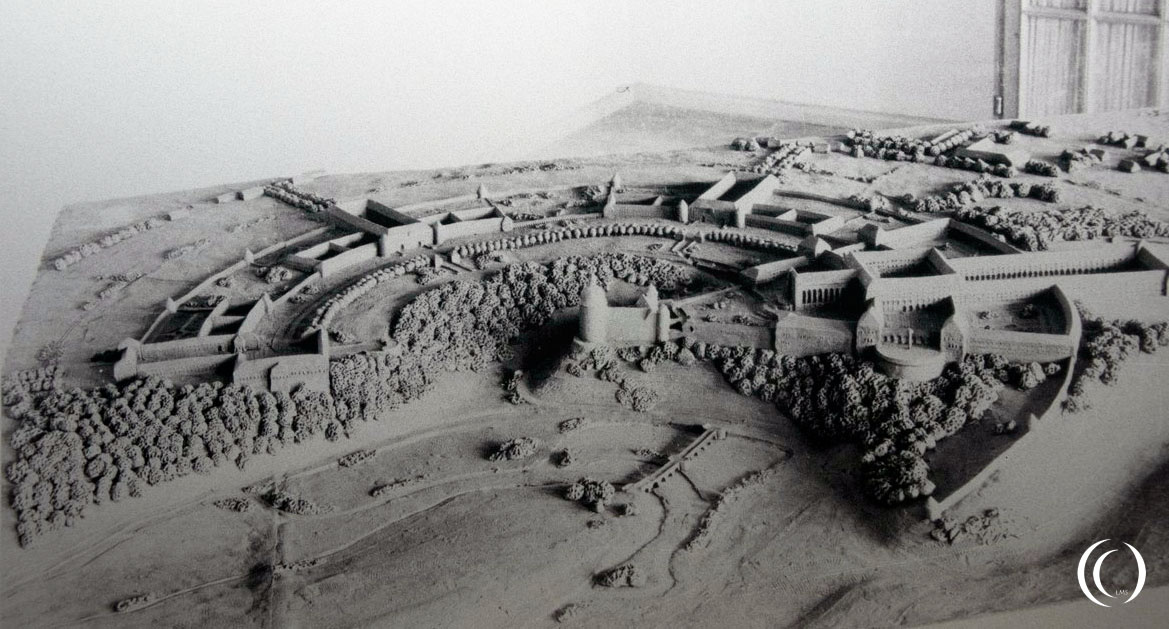
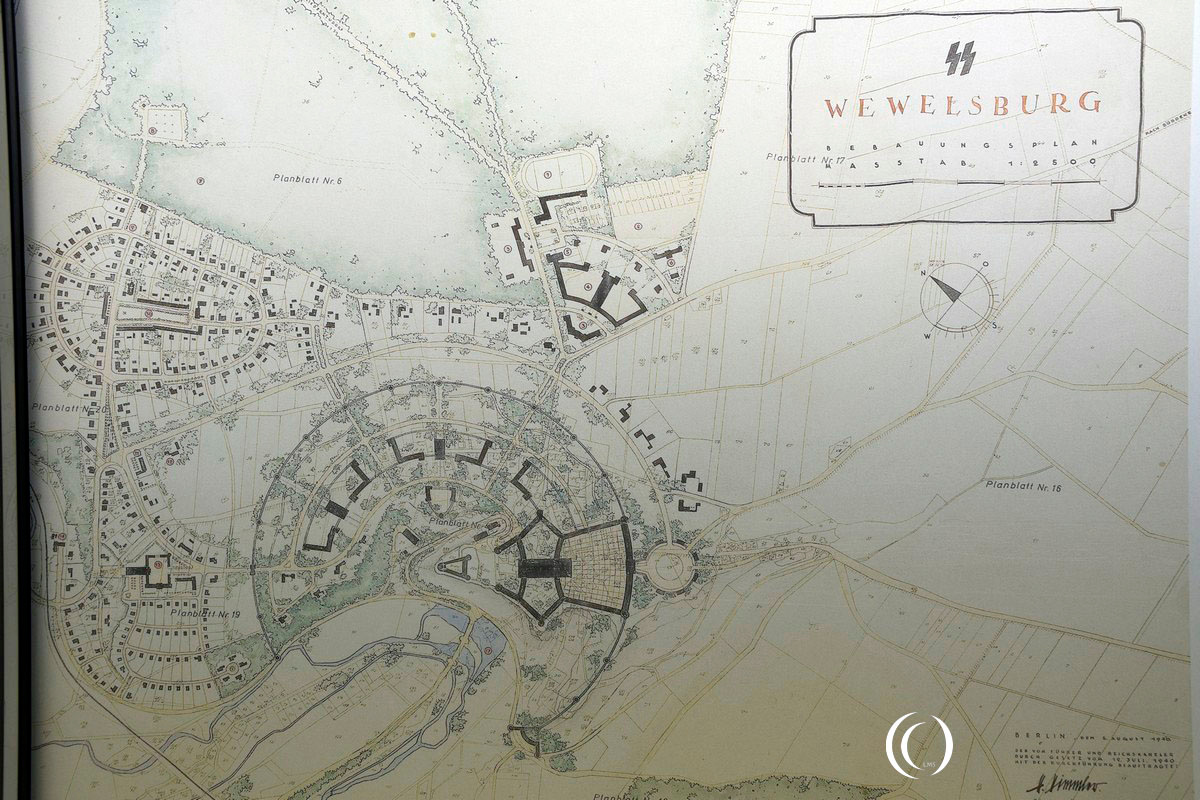
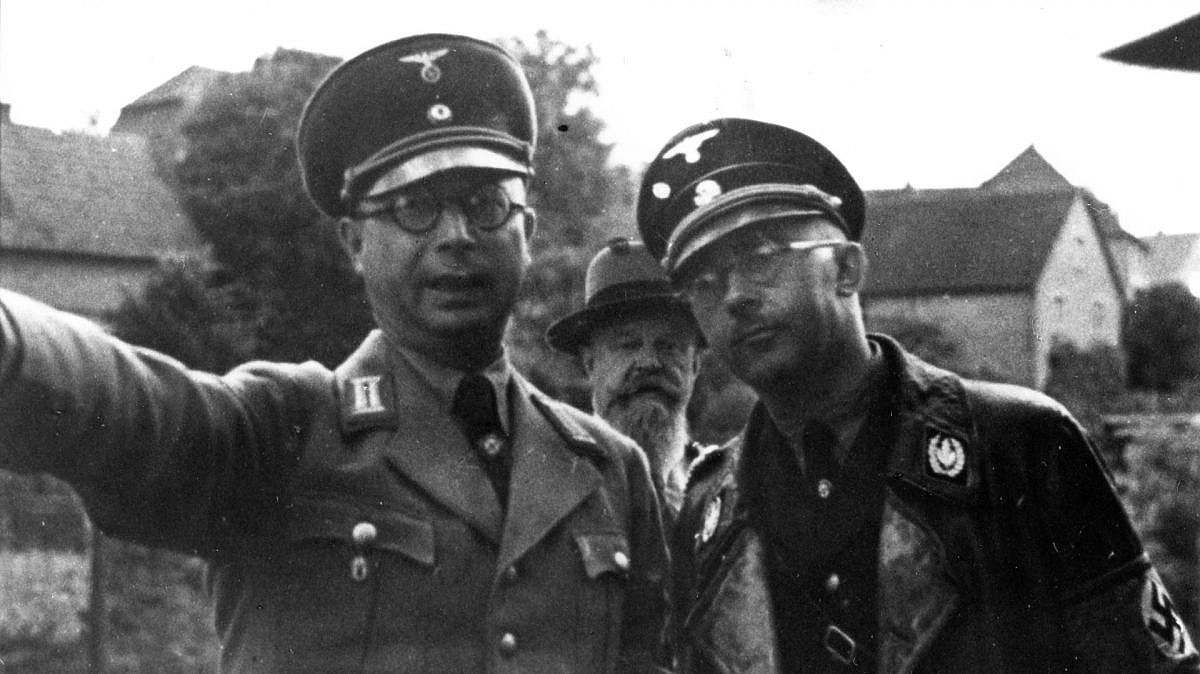
Under Himmler’s direction, extensive renovations were carried out at Wewelsburg castle to suit its new roded to evoke notions of power, unity, and the mystical heritage of the Aryan race. Despite Himmler’s grand plans, Wewelsburg never fully realized its intended purpose as a center for the SS. The outbreak of World War II and the eventual defeat of Nazi Germany meant that the castle’s role remained largely symbolic. After the war, Wewelsburg was occupied by Allied forces and later served various administrative functions.
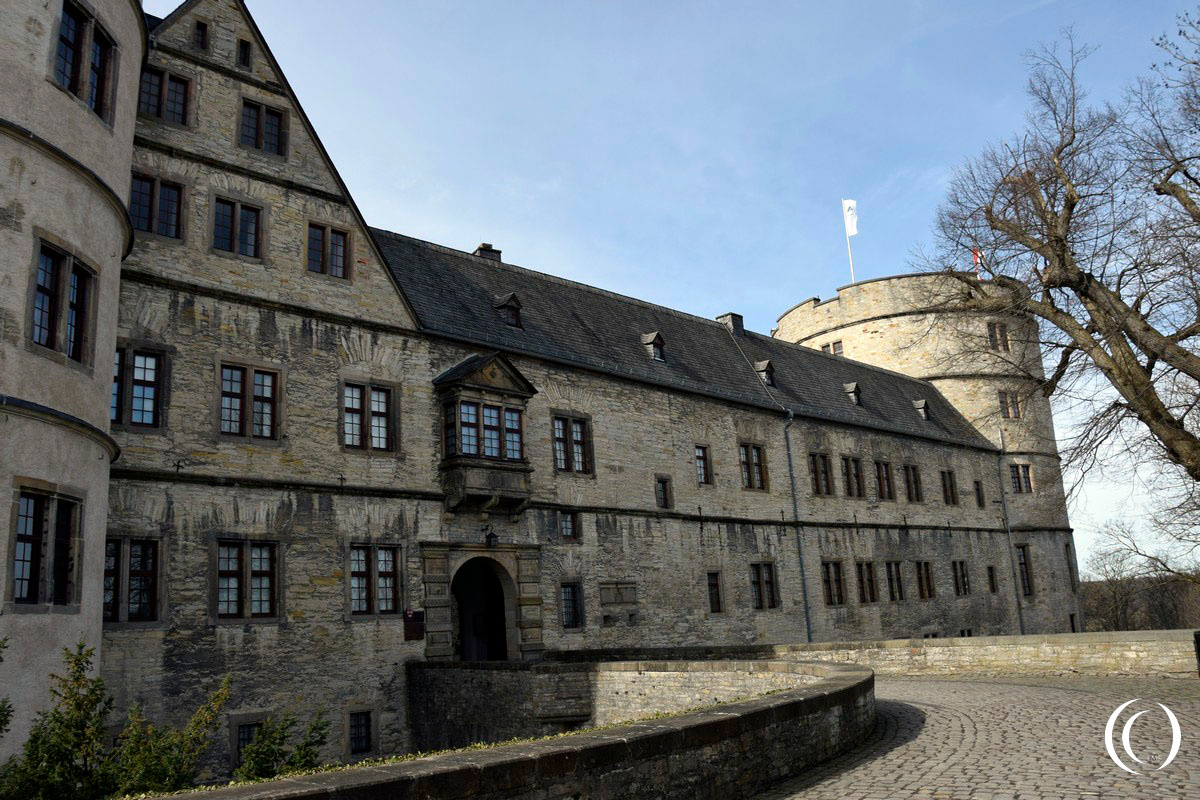
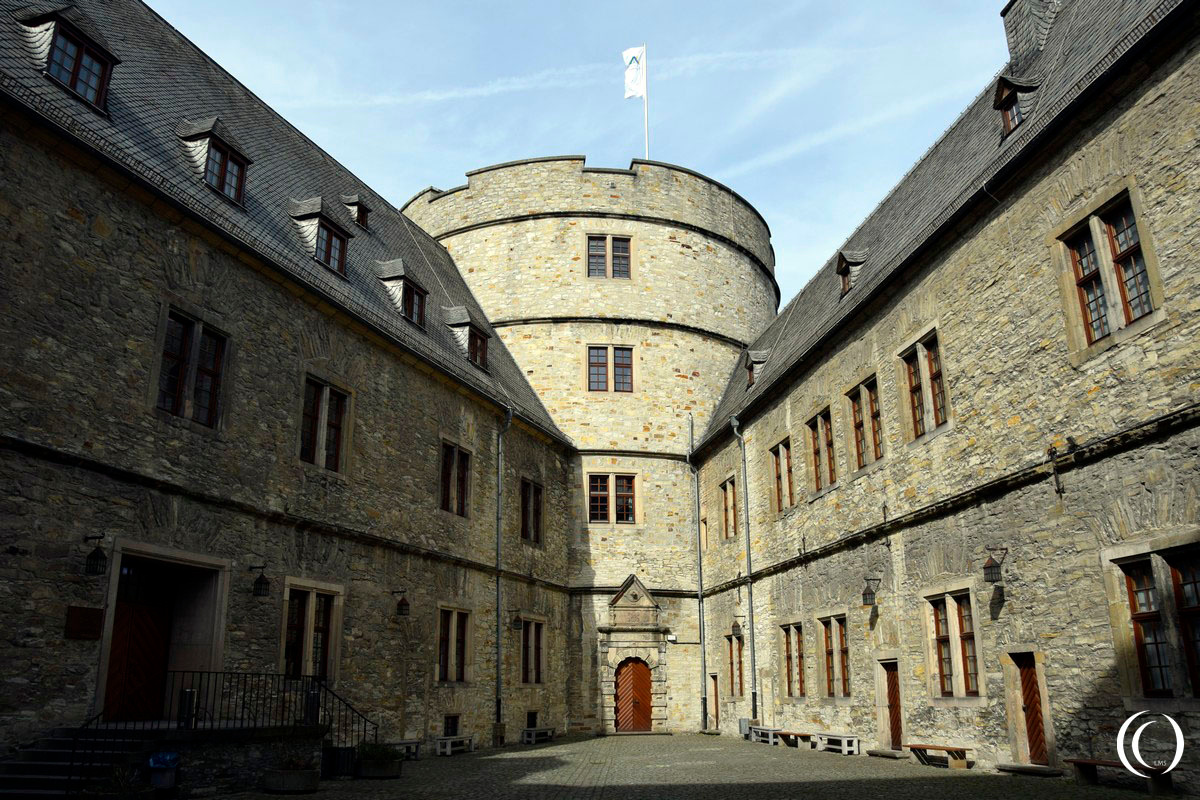
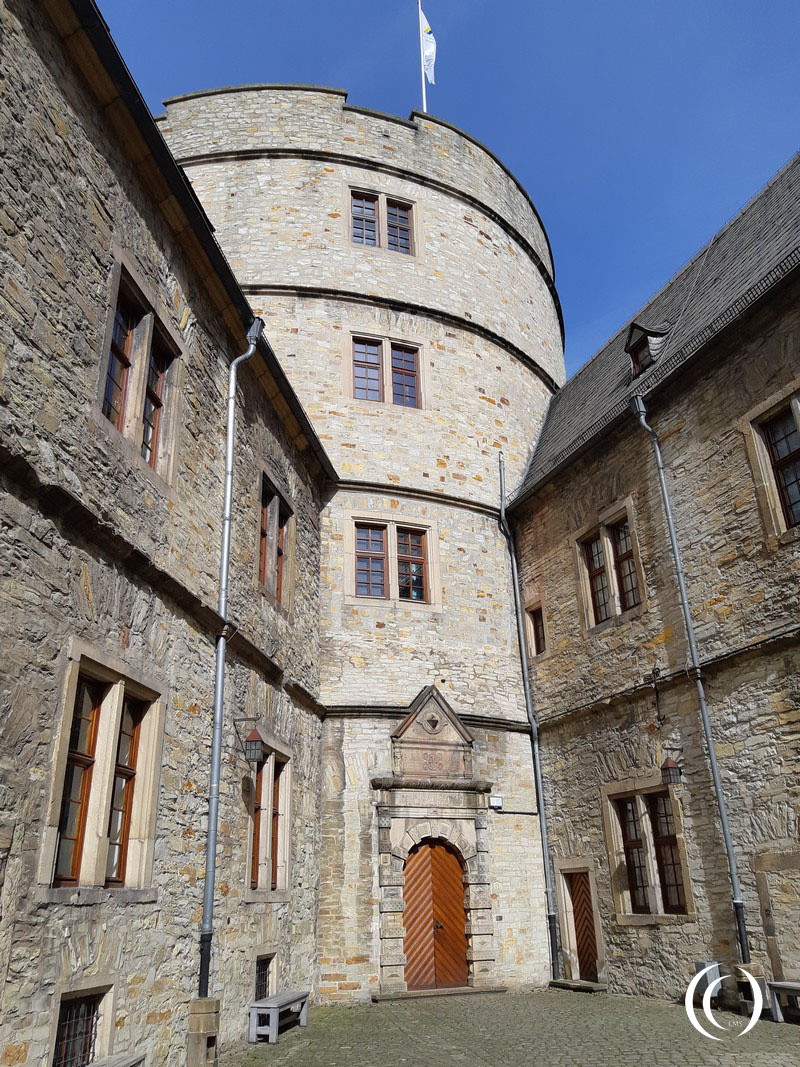
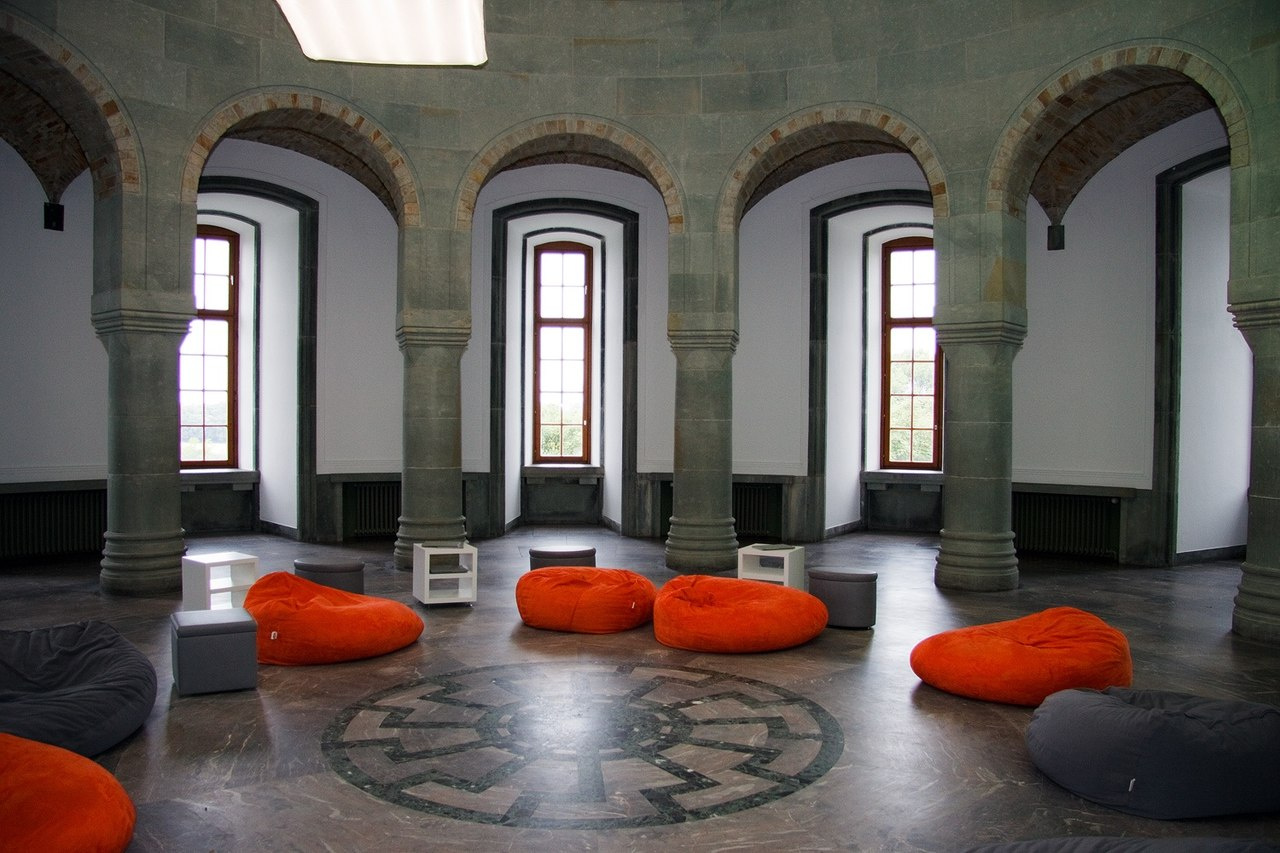
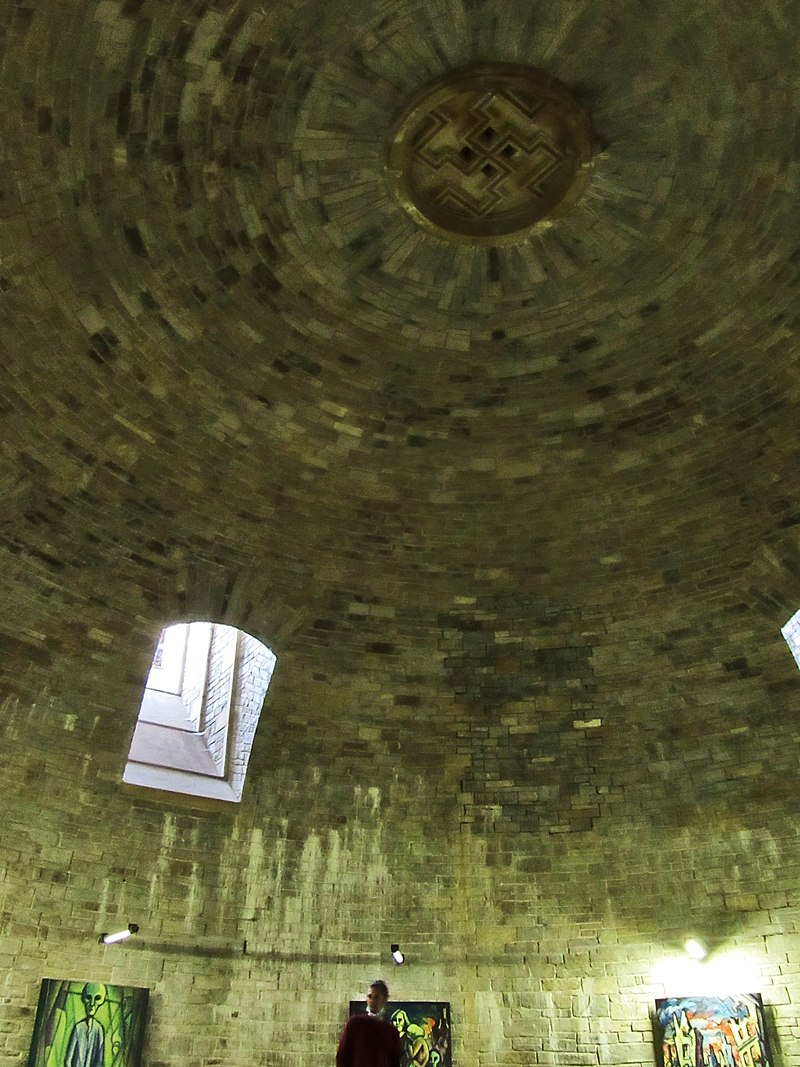
Today, Wewelsburg is a museum and memorial dedicated to educating visitors about its complex history, including its association with the Nazi regime. The museum offers insights into the castle’s architectural significance, its role in Nazi ideology, and the atrocities committed during the Holocaust.
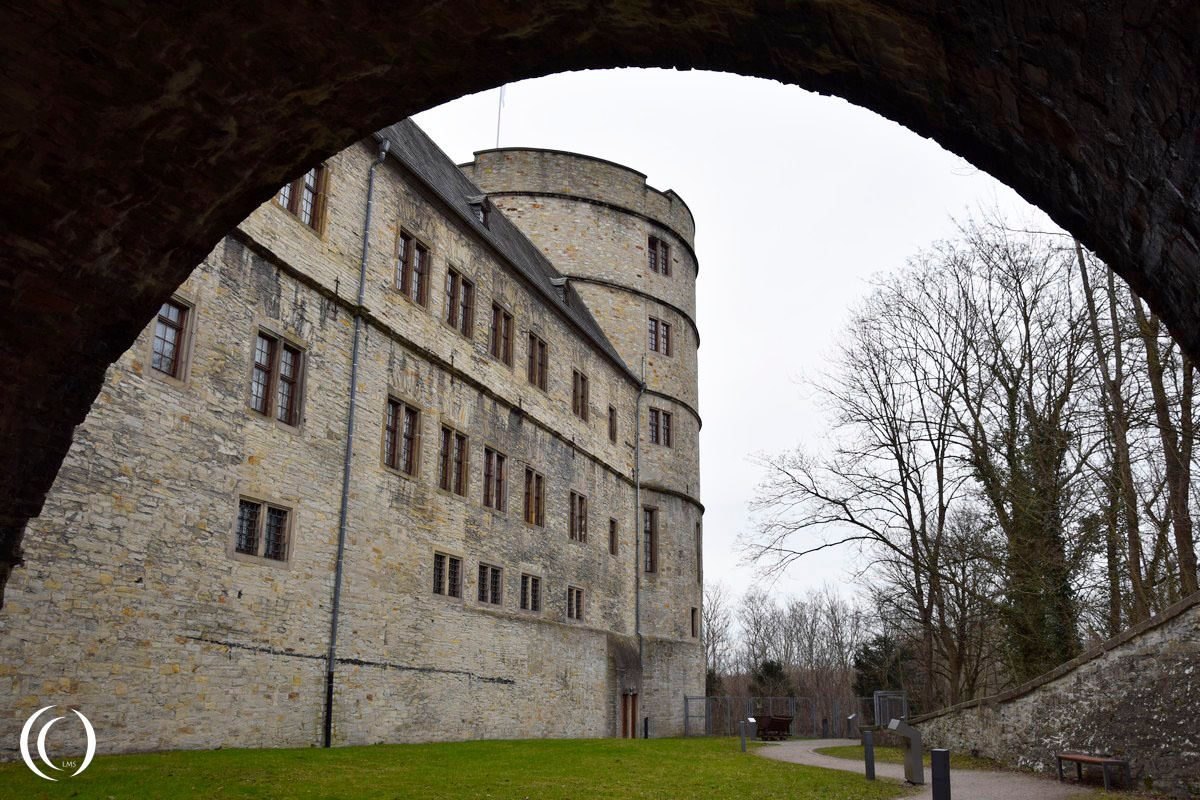
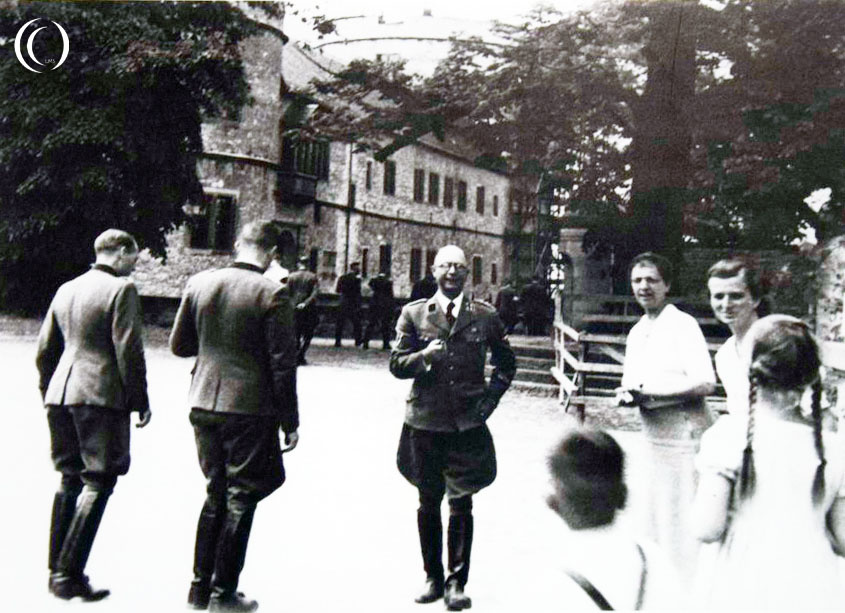
VISIT
A prisoners camp for forced laborers was set up at nearby Niederhagen town in order to carry out the work. The castle’s interior was redesigned to incorporate elements of Nazi symbolism and mysticism, including the addition of a “Hall of the SS Generals” and a crypt intended as a shrine to fallen SS members. The design of the castle’s main hall, with its triangular layout and symbolism, was intended to evoke notions of power, unity, and the mystical heritage of the Aryan race.
The exhibition in the Wewelsburg 1933 – 1945 Memorial Museum, apart from the crypt, is accessible without barriers with the help of museum staff. The Museum ́s gastronomy is located in the former guardhouse on the forecourt of the castle. The 1933-1945 museum is free to visit, the museum inside the castle itself comes with a small fee (3 euros for an adult in 2024). A part of Wewelsburg castle is a youth hostel.Check out the website for opening times before you visit Wewelsburg.
